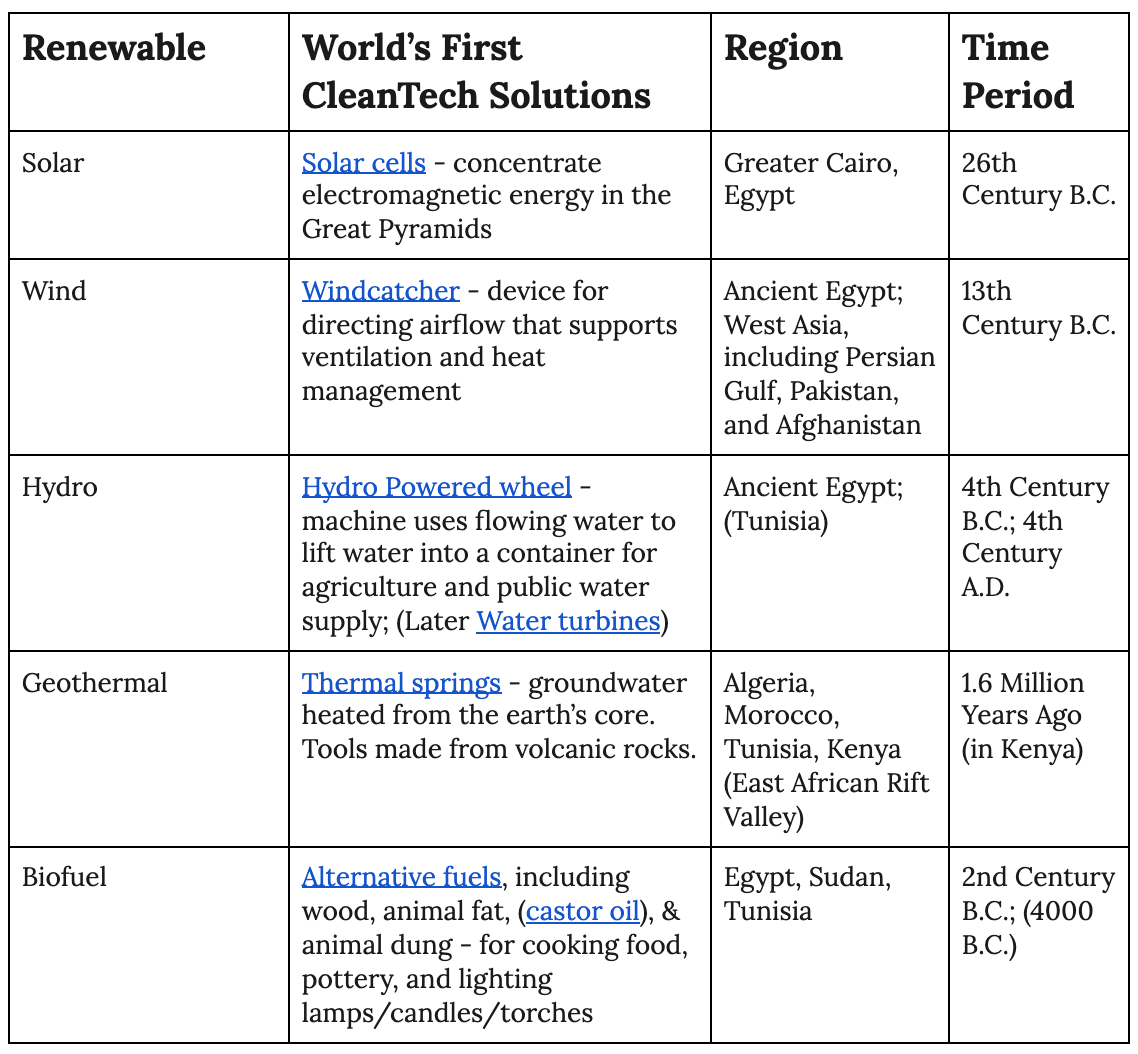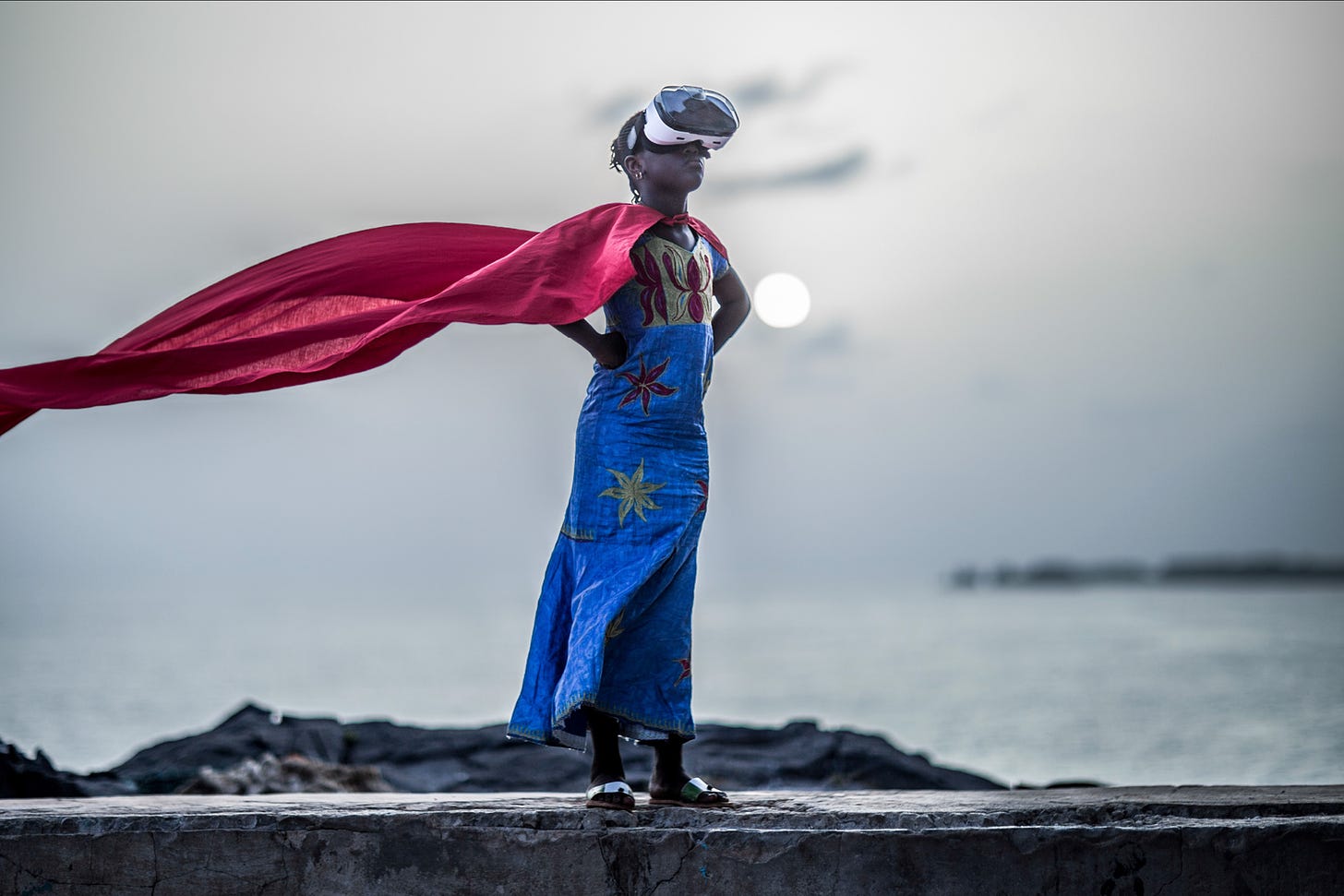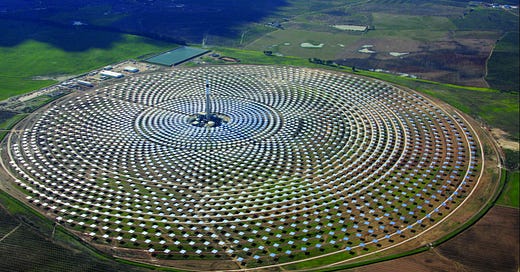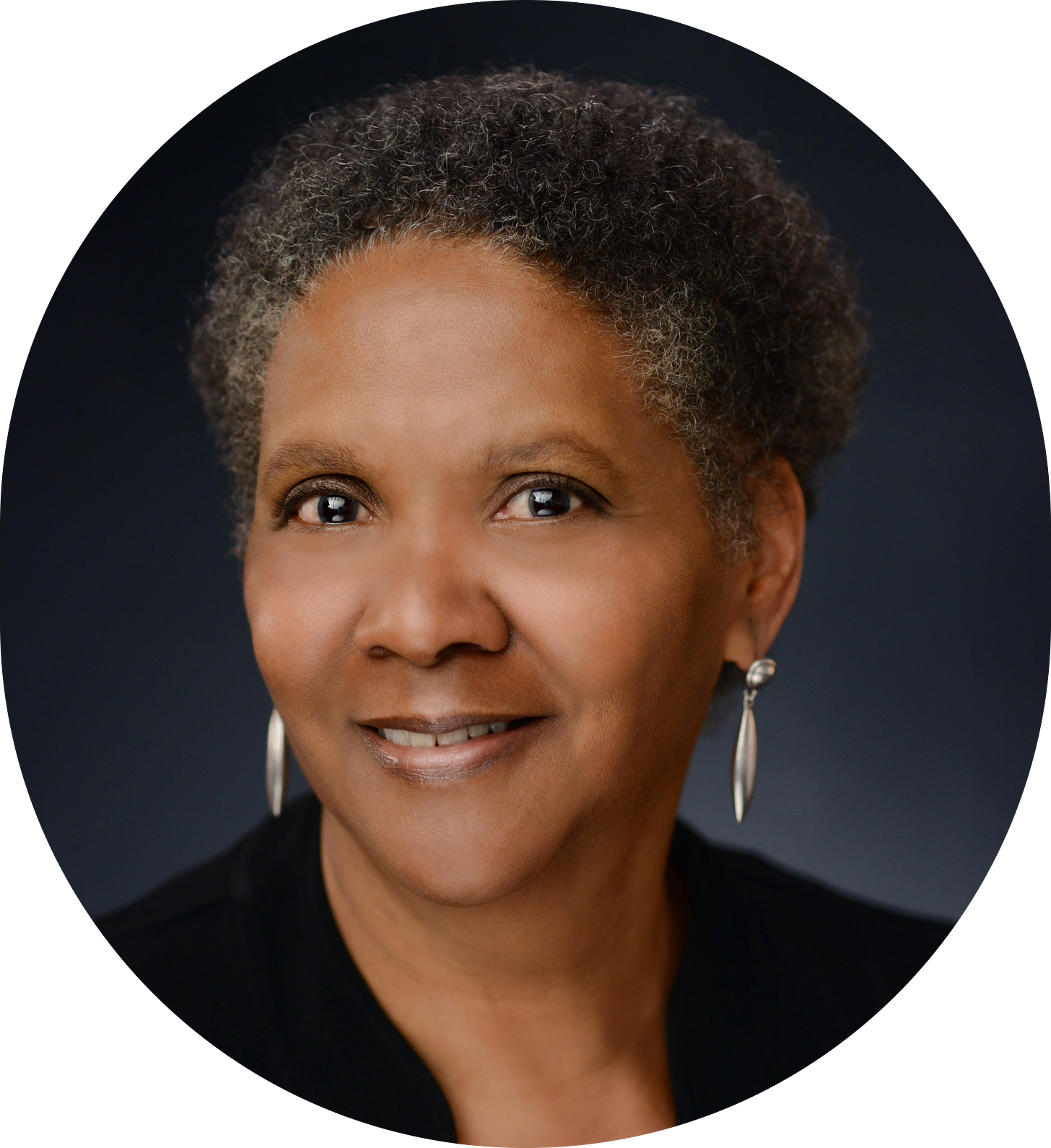Black Is Innovation
Welcome to issue #16! 💡
This is the final Black Is Innovation themed issue. So many of you were blown away by the inventors who created the personal computer and the network of software and infrastructure that support it. We share your feeling of awe and delight in learning the breadth and depth of impact that Black innovation has had in the world.
Black To School celebrates Black people and Black contributions around the world. The “Why?” that powers our mission is simple. “Our ancestors invented the table that the world now sits at. It’s time to not just claim our seat, but to set the agenda.” Please click on this link and learn more about the backstory behind Black To School.
A special thanks 🙏🏾 to the readers below who were our “Golden Griots'' (or top sharers) last week. Please keep sharing stories of #blackcontributions and our collective history within your networks!
Andrene S.
Kim R.
Jilly P.
Lee H.
If you haven’t yet, you can subscribe to Black To School’s weekly newsletter here.
In this issue, we’ll:
Trace the African origins of sustainable energy solutions, which the world now believes will save the planet.
Commit to doing our part and explore how these alternatives can improve the way we live, work, and play.
Renewing Past Technology
Contributor: Denise Fairchild
“The future is already here - it’s just not very evenly distributed.” is one of the most heavily referenced quotes by essayist and writer, William Gibson, which is often pulled forward by inventors looking to make the case that the writing is on the wall and the timing is right to take their ideas to market. Whether you're reviewing climate models; experiencing the negative impacts of climate change; an advocate for environmental justice; or just committed to the idea of energy independence, there is no better field of innovation in which this sentiment applies than in cleantech.
Clean technology includes any product, process or service that improves design and/or performance while reducing energy usage, waste, and/or pollution. Clean technology is not limited to renewables, but they represent the largest share of sustainable solutions in the market, including solar, wind, hydro, and geothermal. As it stands, renewables account for approximately 12% of all energy consumption in the United States as well as globally.
In 2019, humans used 160,000 terawatt hours (TWh) of energy, which is the equivalent of 1.6 quadrillion 100-Watt light bulbs that are simultaneously on. Although clean technology is not yet a primary source of power, it is scaling with more than $300 Billion in investments each year and 30,000+ granted patents. Since 2001, cleantech has been the fastest growing patent category in the U.S.. What’s really exciting about this type of technology, in particular, is that it is firmly rooted in systems for harnessing and storing energy that were invented and applied by our early ancestors in Africa.
In many cases, the renewable technologies used in ancient Africa were not claimed as inventions until outsiders from Italy and Greece were exposed to them. These merchants, scholars, explorers, missionaries, and soldiers studied and copied indigenous African scientific methods and tools. In many cases, upon returning home they (and local ruling elite) positioned these practices and solutions as Greek and Roman discoveries without fully crediting the Black philosophers, scholars, scientists, architects, engineers, artisans, and technicians who were the original sources of knowledge and inspiration.
In the quest to clear the air and accelerate our transition to clean energy, we have an opportunity to set the record straight on the role of Africa and the African diaspora in engineering these sustainable solutions. Let’s revisit the source code for these enduring, natural power systems and give credit where it is due.
We were right from the start!
Ancient Egypt, in particular, and North Africa, as a region, are among the most studied and well referenced sites in which the earliest instances of clean technology, specifically renewable energy is used and managed in society. Recognizing that many of these innovations also were in existence (and in some cases, originated in) other parts of Africa, below is a review (from surviving sources) of how, where, and when these sustainable solutions first made their appearance.

Although recorded history is vague and does not consistently attribute these Black innovations, renewable energy in Africa is where sustainable design, development, and living began. Everything that followed anywhere else in the world was either informed by and/or an intentional (and arguably regrettable) departure from those original clean energy solutions.

Greatest Potential on Earth.
It is fitting that the birthplace of clean technology is now seen as the area of the world with the greatest potential to build an energy grid that is predominantly powered by renewables. The case for why is clear: (1) greatest access to natural energy sources (solar, wind, water, geothermal); (2) rapid population growth; (3) lowest contributor of GHG emissions in the world; (4) most adversely impacted by climate change; and (5) significant opportunity to create jobs and economic development.
With 45% of all energy consumption in Africa powered by biofuels and waste as of 2018, Africa’s energy pathway is clear. The continent has countless examples of clean technology leadership that are a bellwether for its sustainable future.
The world’s largest solar farm is in Morocco
Kenya has the biggest wind farm and the largest supply of geothermal in Africa
Top 5 African countries contributing to Africa’s hydropower grid
Africa’s journey back to clean technology demonstrates the power of understanding the practices of those who came before us; trusting our ancestral wisdom; and developing with empathy for the generations yet to be born who will, indeed, inherit the earth. Black sustainability was right from the start and will help save the planet.
🛠️ The Black To School Toolkit
Now What? Dig Deeper with Friends, Family, and Others.
Want to learn more about renewables in Africa? Click here to read this wiki primer. Want real life examples? Watch this CNN video (20 min) that showcases super impressive renewable projects and entrepreneurs in Africa.
Curious about where you stand on energy? Checkout this chart of energy usage by country from 1900 to 2019. Also, view this table of renewable energy capacity by country from 1966 to 2019.
Wondering how to best share with your kids? Expose them to stories of how Black kids are saving the planet. Read them this best selling book. Also, make this heartwarming Netflix drama, rated PG, your next family movie night selection.
Interested in a good conspiracy theory? Click here to find out why Nikola Tesla was obsessed with Egypt and how he modeled Tesla Tower after the great pyramids.
Just want to enjoy mother nature? Visit one of the top hot springs in Kenya, Zambia, Tanzania, Tunisia, or South Africa. You can write it off as a “geothermal” research trip.
Excited to join the conversation? Check out organizations like Green For All, The Green Lining Institute, Red, Black, and Green as well as Emerald Cities Collaborative. More of an observer? Tune into How to Save a Planet podcast.
⌛ The Black To School Timeline
Black Sustainability Was Right From The Start And Will Help Save The Planet.
We began in Ancient times (1 Million Years Ago) The Thing: Chemistry of Fire, our ancestors controlled combustion and used it to reinvent the way we live and work, together.
Then returned to the 19th Century (200 Years Ago) The Place: Home, the target location of countless inventions that expanded and delighted families around the world.
Next, we reflected on the mid 20th Century (55 Years Ago) The Process: Personal Computing, much like fire, computer technology gave us “superpowers”.
Finally, we landed in the Present Day (Here and Now) The Promise: CleanTech, we are now charting our course to a sustainable and regenerative future.
About This Week’s Contributor
Denise Fairchild
Denise Fairchild is the inaugural President of Emerald Cities Collaborative (ECC), a national nonprofit organization based in Washington, D.C., with affiliates in major urban centers across the United States. She is charged with advancing ECC’s “high-road” mission to green our cities, build resilient local economies and ensure equity inclusion in both the process and outcomes of a new green and healthy economy.
Denise is nationally recognized and respected for her 40-year successful track record and innovative programs in sustainable and community economic development, domestically and internationally. Her civic and political appointments have included the California Commission on Regionalism, the California Economic Strategy Panel, the California Local Economic Development Association, the Urban Land Institute National Inner City Advisor, the Coalition for Women's Economic Development and the Los Angeles Environmental Quality Board.
Denise received her B.A from Fisk University in 1972, a masters in City Planning from the University of Pennsylvania and a doctorate in urban planning from UCLA. She holds a number of academic distinctions, including serving as a senior fellow at M.I.T., U.C.L.A. and The Rockefeller Foundation Bellagio Fellowship.
She has lived, worked and educated her two sons in South Los Angeles since 1977 and also served as Mayor Antonio Villaraigosa's special advisor for South L.A. Investments.






